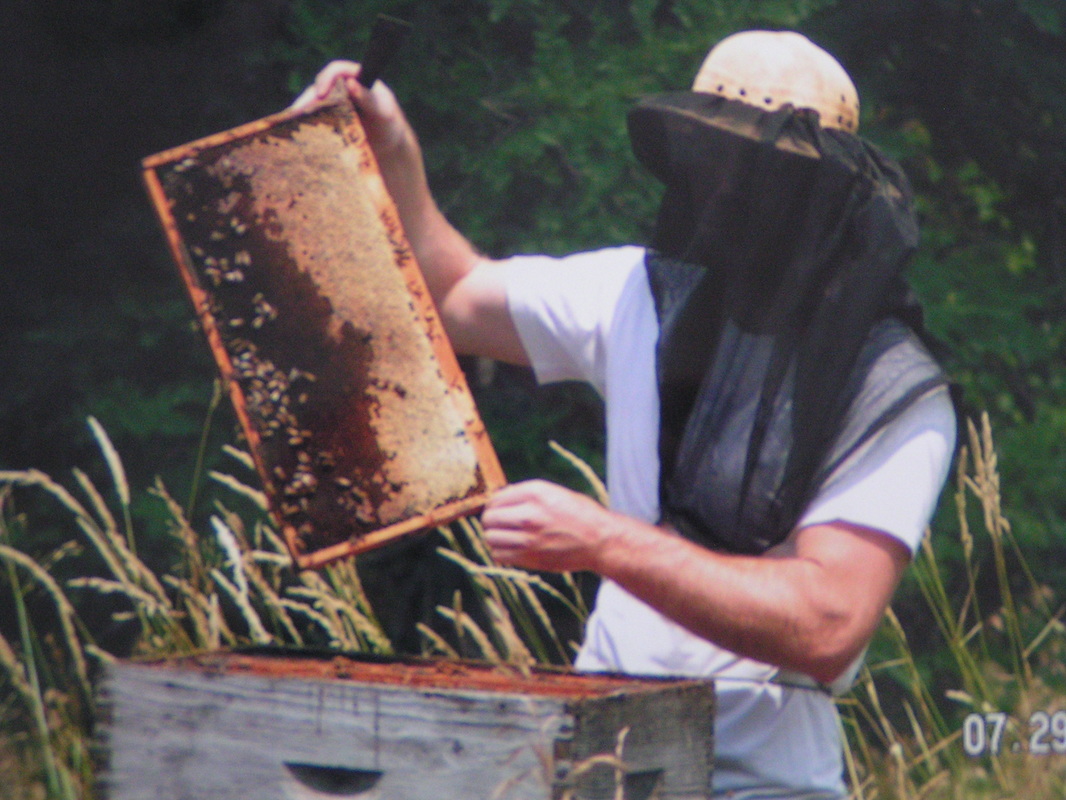More than 80% of the world's almonds are grown in California and, to pollinate them, the 7,000 or so growers hire about 1.4m of America's 2.3m commercial hives. Thousands of trucks deliver the hives in February—from Maine, Florida, the Carolinas and elsewhere—and will soon pick them up again. The bees' job is to flit from one blossom to the next, gorging themselves and in the process spreading the trees' sexual dust.
Since 2006, however, bees have been suffering from 'colony collapse disorder' (CCD), a mysterious affliction that has drastically reduced their numbers. As a result, says Joe MacIlvaine, the president of Paramount Farming and the largest almond-grower in the world, the rental cost of a hive has tripled in the past five years to about $150. Bee rental now accounts for 15% of Paramount's costs.
So Paramount has hired Mr Wardell, who has been studying bees for 30 years and CCD since it broke out. Its cause may be mobile-telephony radiation, viruses, fungi, mites and pesticides—or none of the above. In the absence of a clear explanation, Mr Wardell is concentrating on something different: nutrition.
A healthy worker bee spends about four weeks in its hive, feeding on protein-rich pollen and nursing larvae, and then another two weeks in the field eating sugary honey until its proteins are depleted and it dies. For some reason bees are getting too little protein in the hive, thus dying after only about four weeks, almost as soon as they venture outside. So Mr Wardell is force-feeding them protein. He owns a patent for MegaBee, which he says 'looks like cookie dough'. He puts a bit of this into the hives, blocking the bees' entrance so that they have to chomp their way through it. As part of his new job, Mr Wardell is working with beekeepers across the country to supplement bee diets everywhere."
Almond pollination in California
Vitamin Bee A new attempt to save the most vital workers in the orchards
from: www.economist.com

 RSS Feed
RSS Feed
